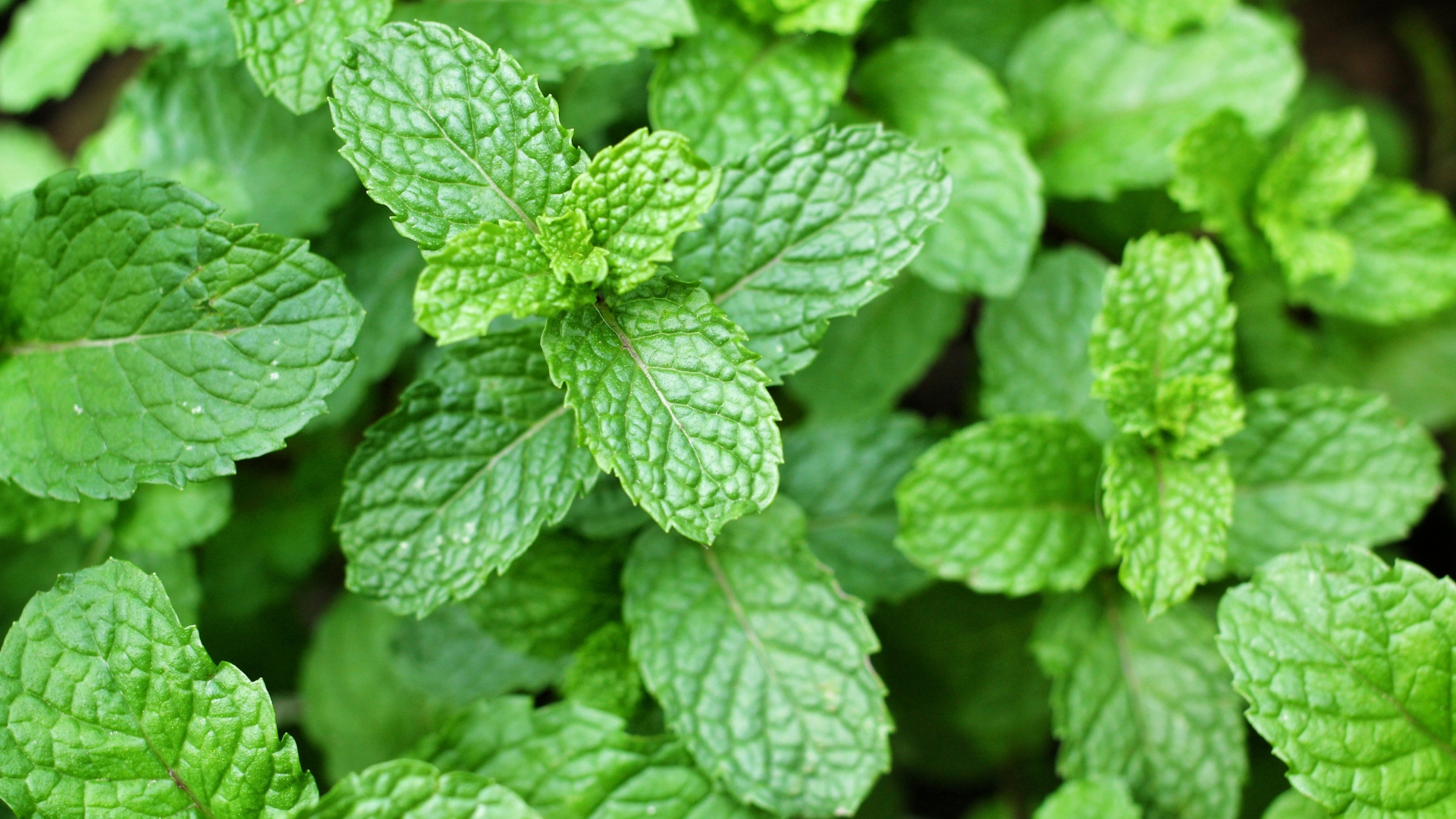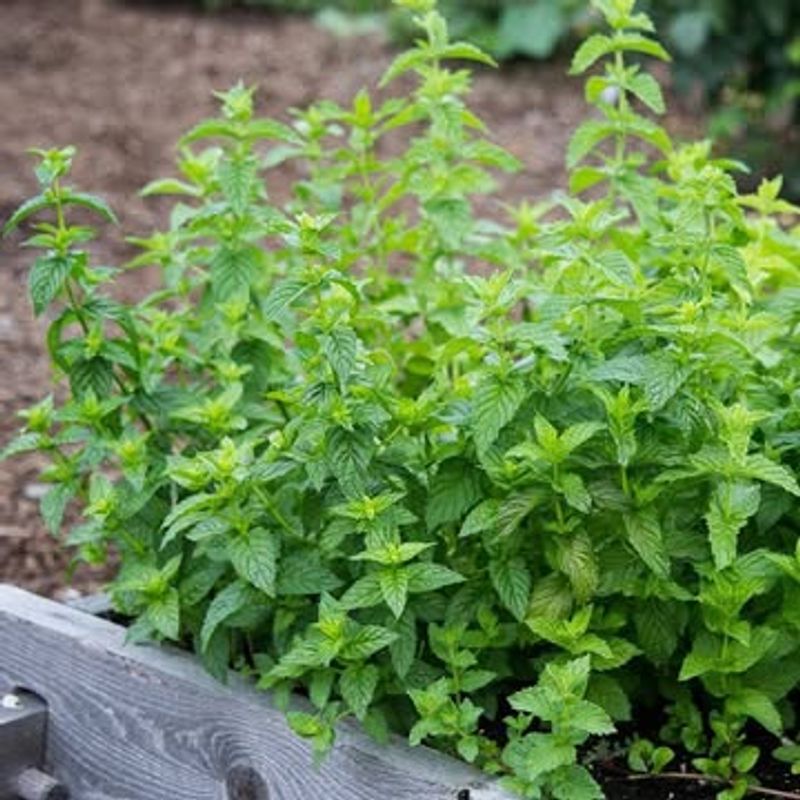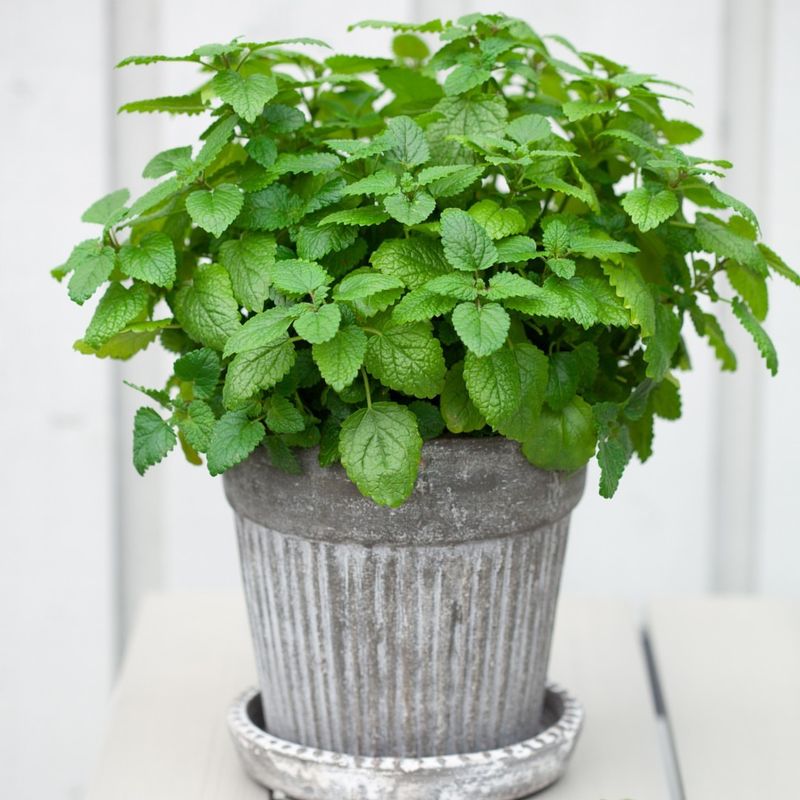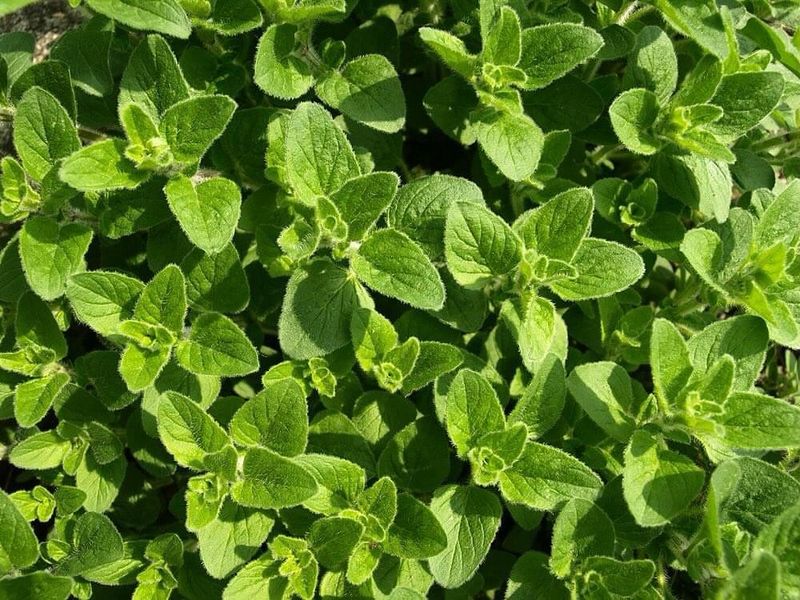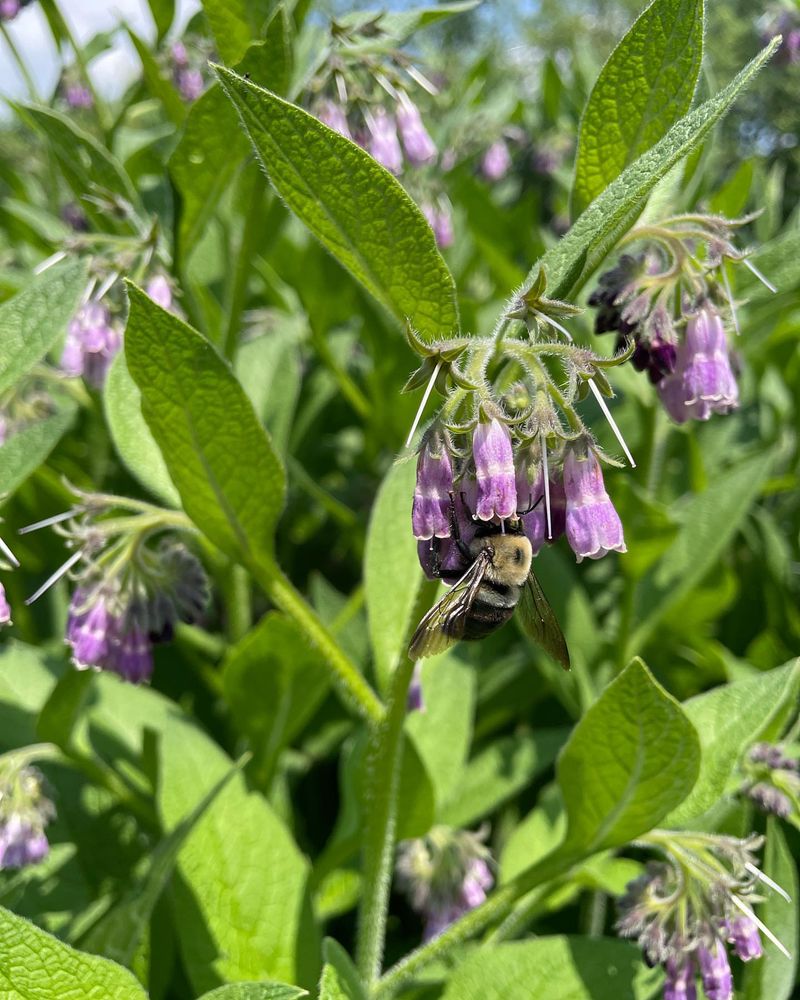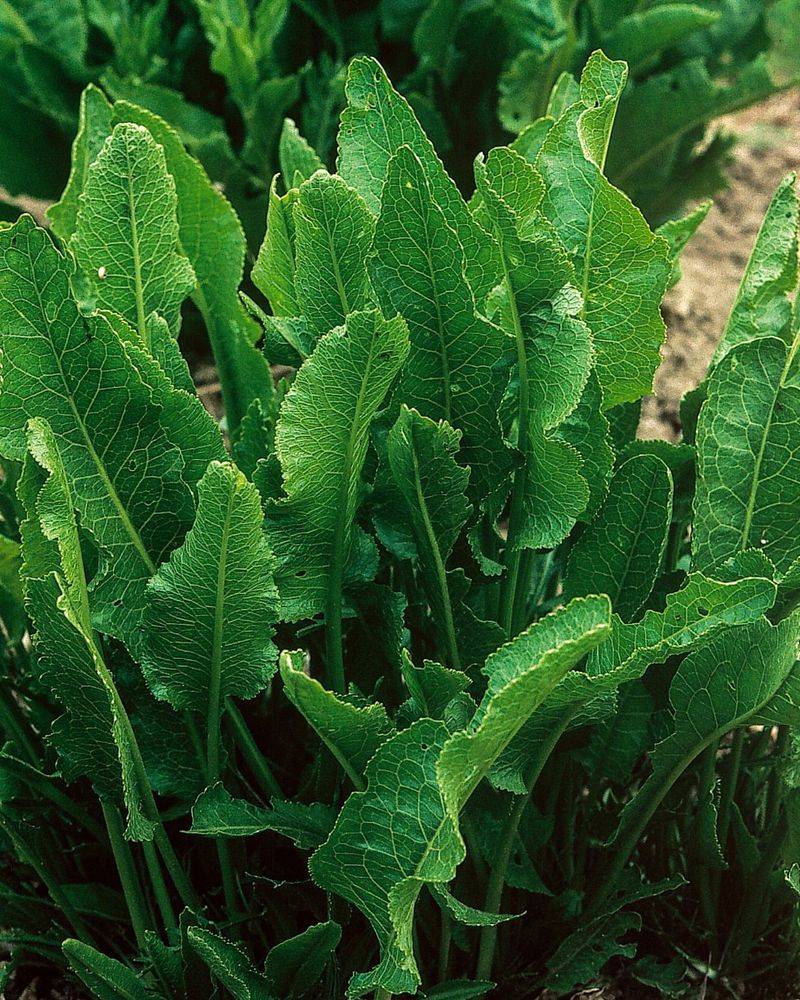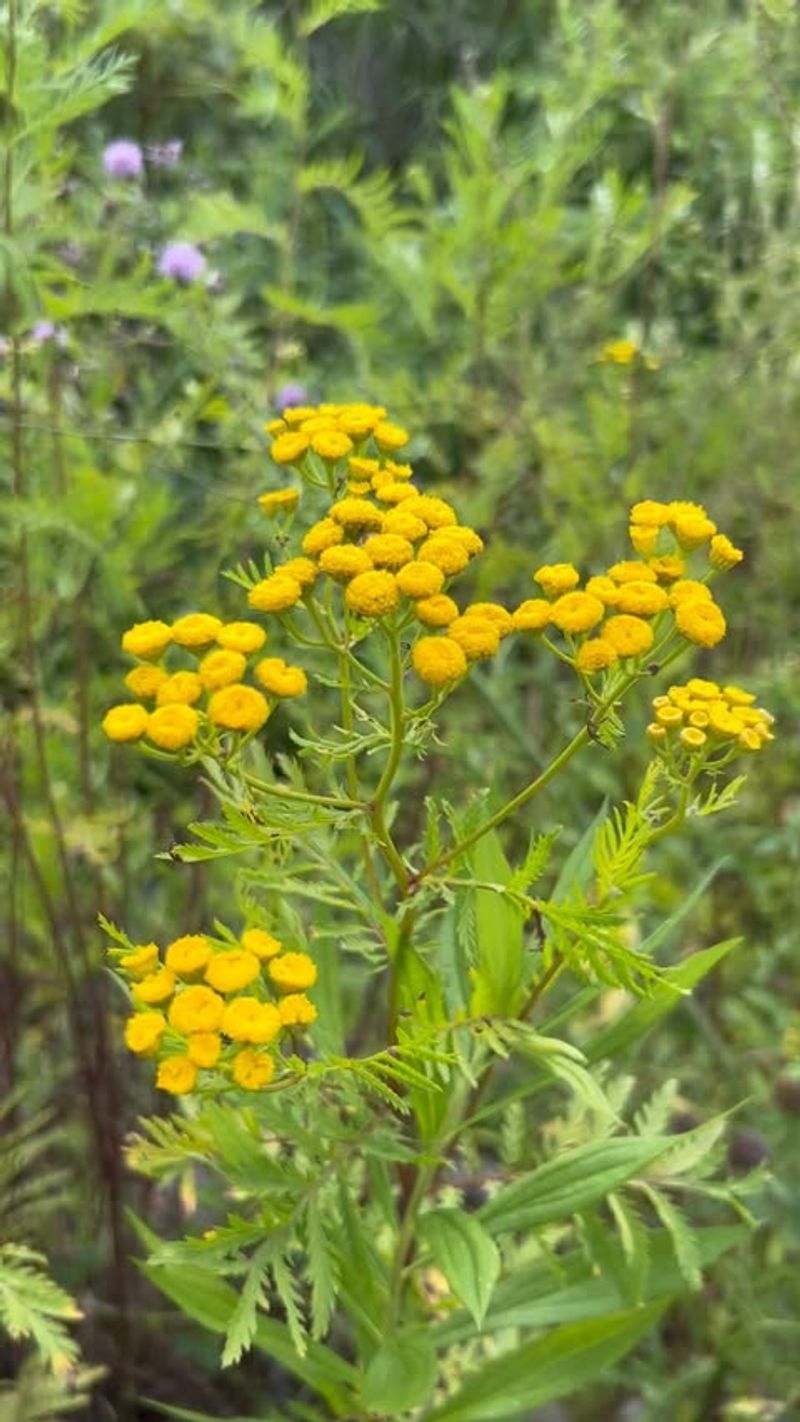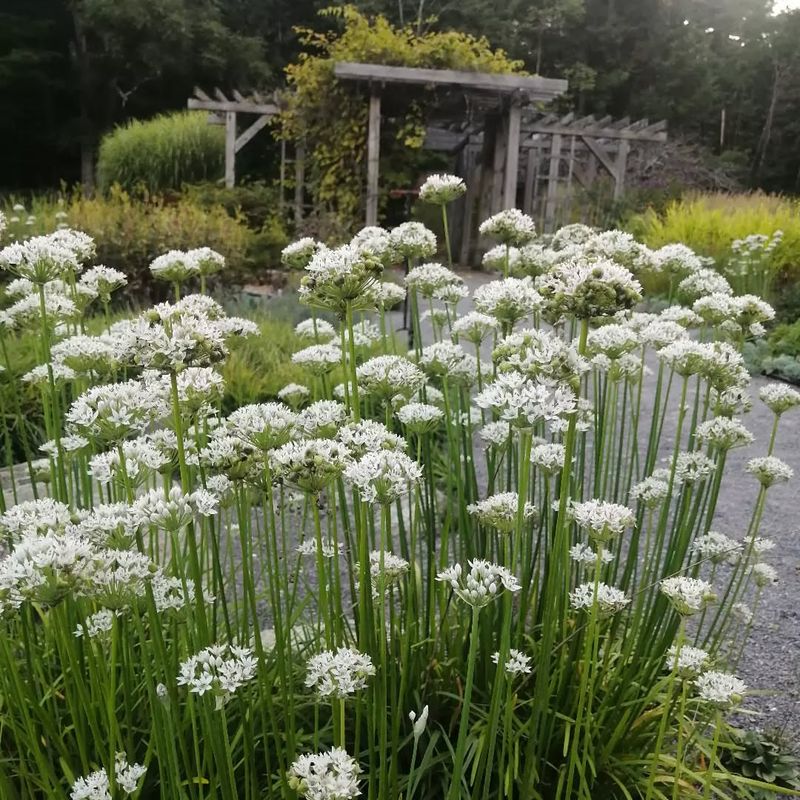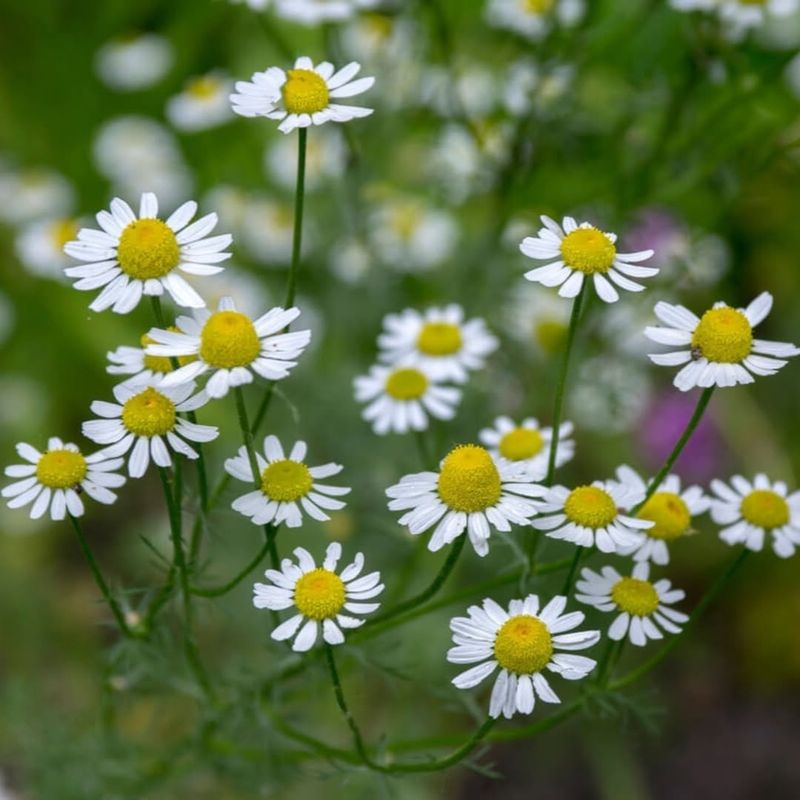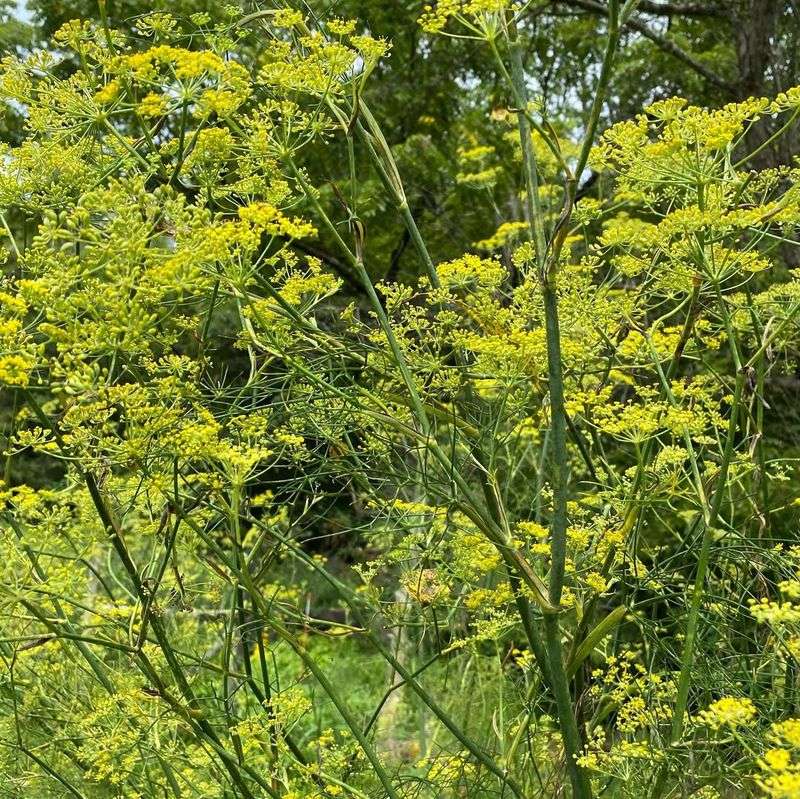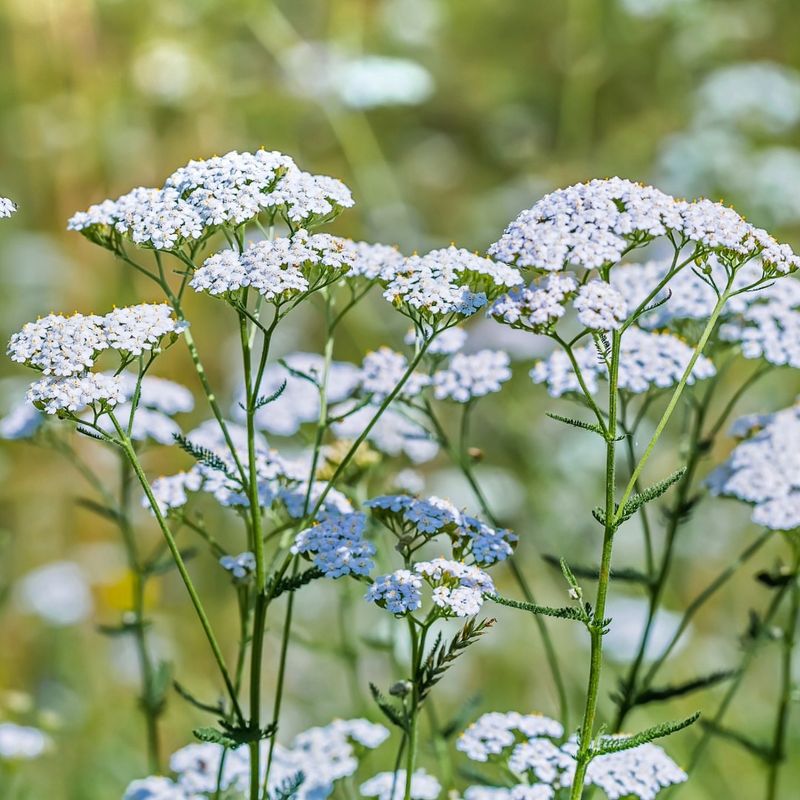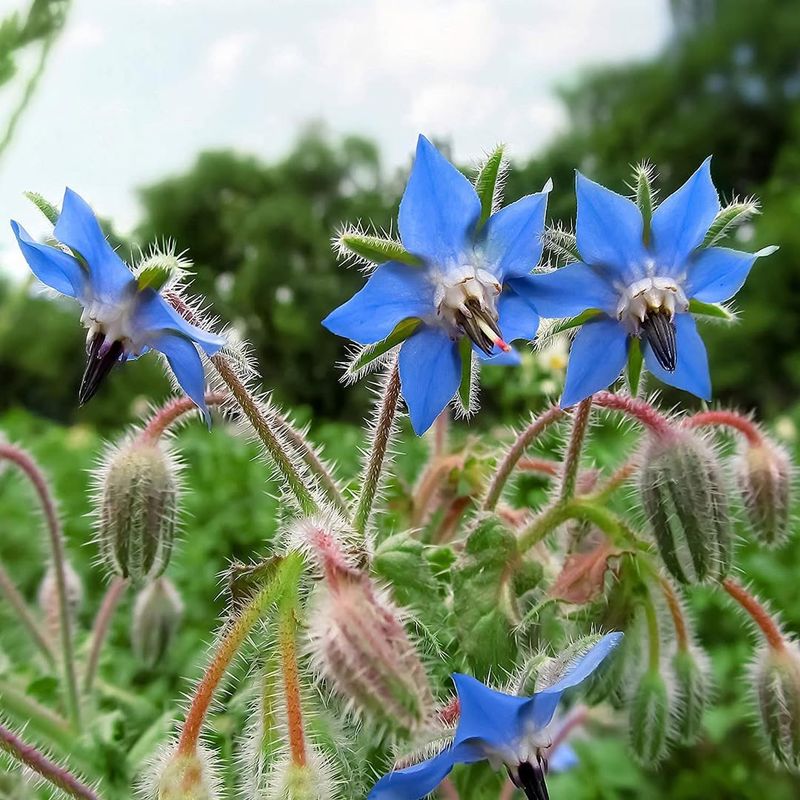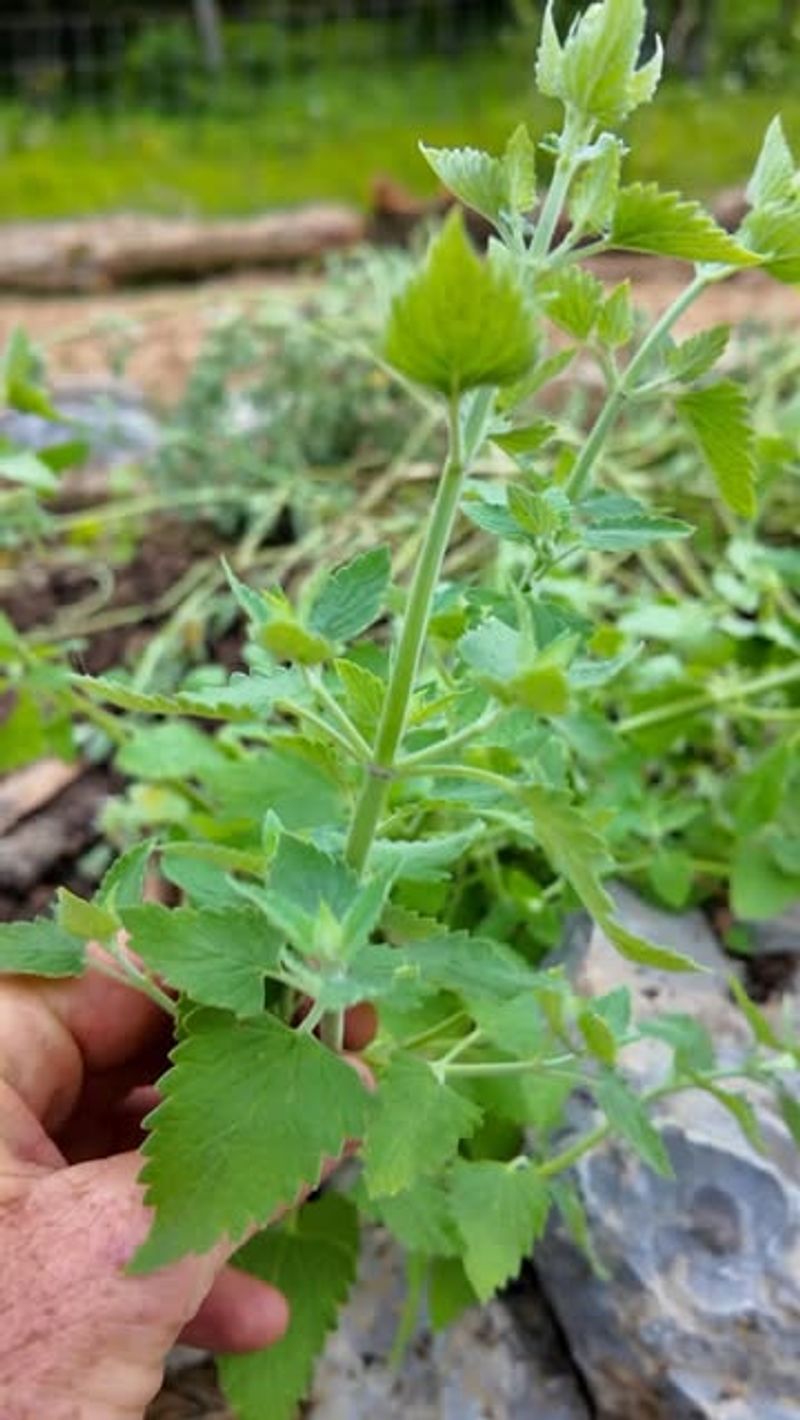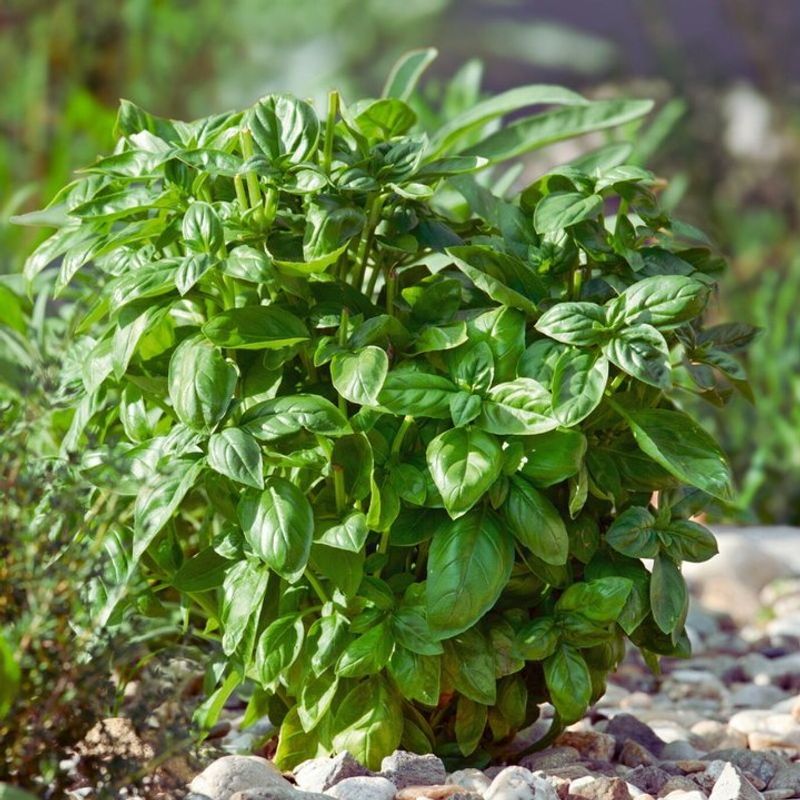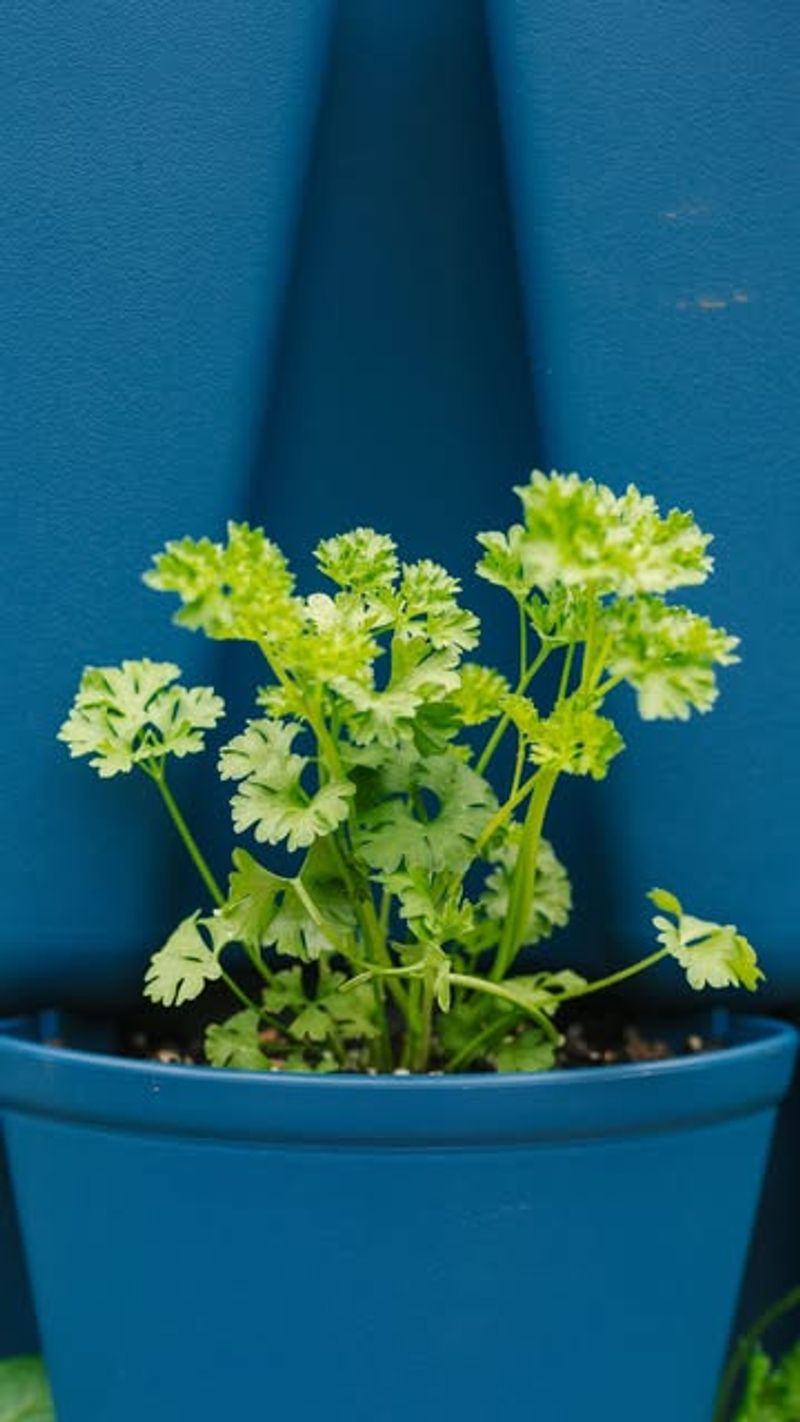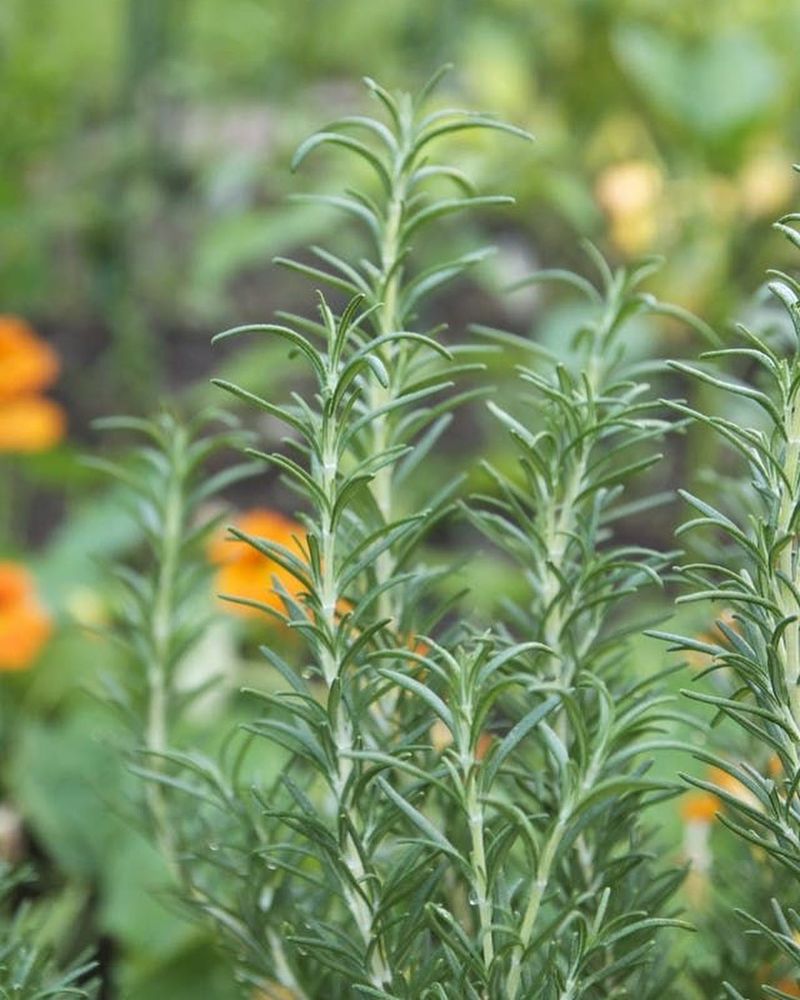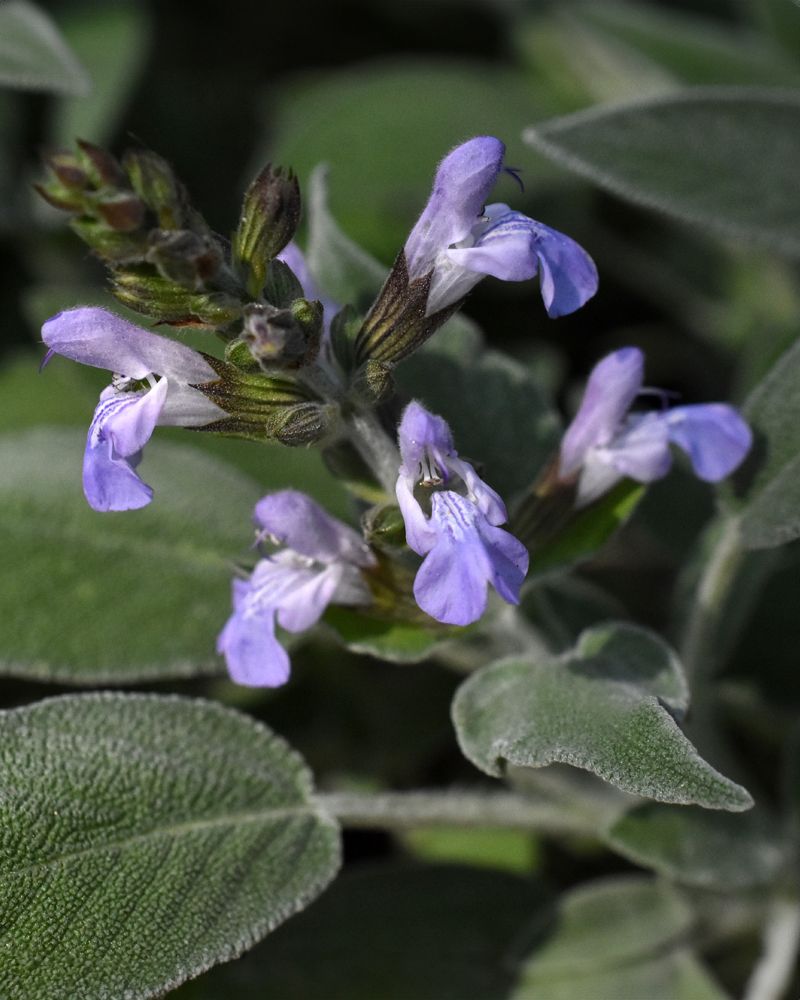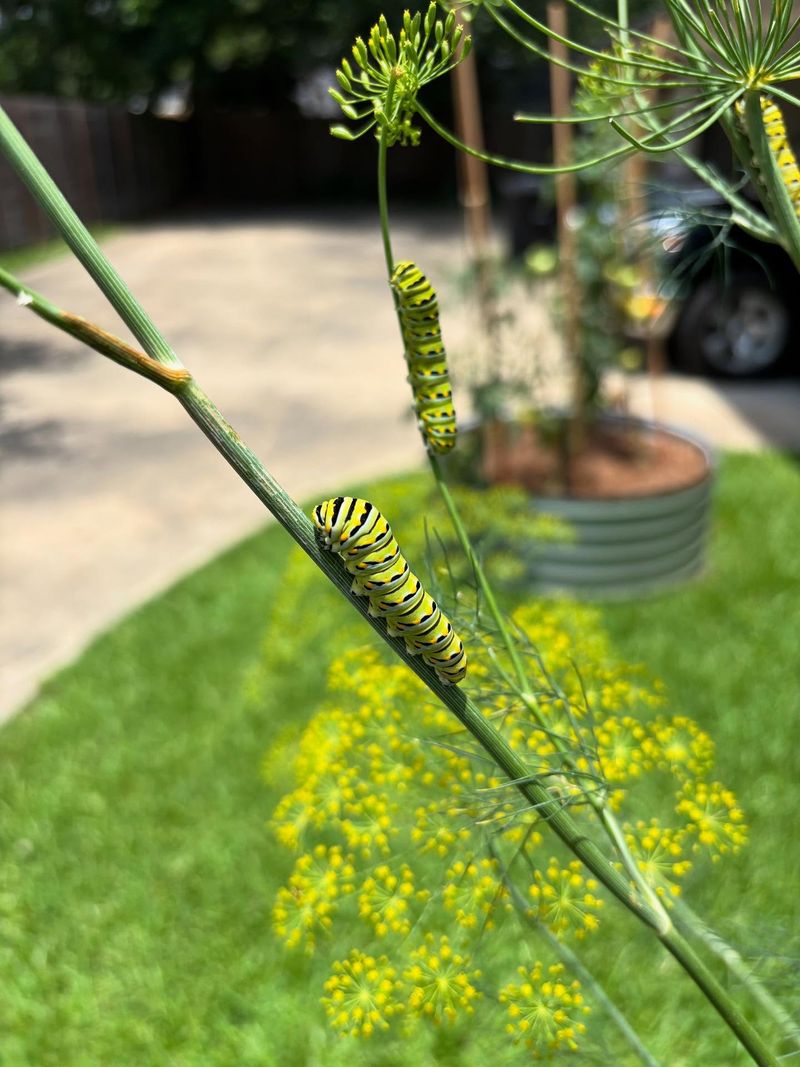I thought I was being clever planting a few herbs here and there—until they took over like they owned the place. Some herbs don’t just settle in quietly; they sprawl, creep, and pop up where you least expect them.
It’s wild how fast a little mint or oregano can turn into a full-on takeover. But no worries—I’ve found some friendlier alternatives that behave and still bring all the flavor.
Here are 12 herbs to watch out for, plus what you can plant instead without the chaos.
1. Mint
You might adore its refreshing scent and taste in summer drinks, but mint has a secret: underground runners that travel far beyond where you planted it. These sneaky stems pop up everywhere, turning one small plant into a whole mint field before you know it.
Garden centers often sell mint without warning labels about its aggressive nature. To enjoy mint without the takeover, grow it in containers with no drainage holes touching soil. Even sidewalk cracks won’t stop determined mint from spreading!
2. Lemon Balm
Related to mint, this lemony-scented herb produces thousands of tiny seeds that scatter everywhere. The seeds remain viable for years in soil, creating surprise plants in places you never intended them to grow.
Many gardeners get tricked by lemon balm’s innocent appearance and pleasant fragrance. Harvest the flowers before they set seed to prevent spreading, or grow in pots away from garden beds. Regular trimming helps keep this enthusiastic herb under control.
3. Oregano
Pizza lovers beware – your favorite herb has ambitious growth plans! Oregano creates dense mats that expand outward each year, smothering neighboring plants. The creeping stems root wherever they touch soil, creating new plants.
Mediterranean oregano varieties tend to be the most aggressive spreaders. Consider planting it in raised beds with barriers, or in containers to enjoy its flavor without the garden domination. Regular harvesting helps slow its spread but won’t stop it completely.
4. Comfrey
Gardeners who plant comfrey often regret it later. This medicinal herb develops massive taproots that can reach 10 feet deep! Breaking these roots during removal creates dozens of new plants from each fragment.
Once established, comfrey is nearly impossible to completely eliminate. Even tiny root pieces left in soil will regrow into full plants. If you must grow it, choose sterile varieties that don’t produce viable seeds, and plant in contained areas away from your main garden.
5. Horseradish
The spicy root that adds kick to sauces has an aggressive underground growth habit. Horseradish produces numerous side roots that break easily during harvesting, with each piece potentially growing into a new plant.
Gardeners often find horseradish popping up years after they thought they’d removed it completely. Growing it in deep containers buried in the ground can help contain its spread. Harvest carefully, removing all root fragments to prevent unwanted new plants.
6. Tansy
With its fernlike leaves and bright yellow button flowers, tansy looks innocent enough. Don’t be fooled! This herb spreads through both underground rhizomes and thousands of windborne seeds that germinate readily.
Historically used as an insect repellent, tansy is now considered invasive in many regions. Its roots form dense mats that choke out other plants. Remove flower heads before they set seed, and dig out the entire root system if you want to eliminate it from your garden.
7. Garlic Chives
Those pretty white flowers hiding among the grassy leaves will create a garden nightmare! Garlic chives produce hundreds of black seeds per flower head that scatter everywhere and remain viable for years.
Many gardeners find themselves pulling garlic chive seedlings from every corner of their garden. Cut flower stalks before they form seeds, or grow in containers away from soil. The garlicky flavor is wonderful in cooking, but the plant’s spreading habit is less delightful.
8. Roman Chamomile
This low-growing herb creates dense mats that spread outward each year through creeping stems that root as they grow. The apple-scented foliage and daisy-like flowers seem harmless until they’ve taken over large sections of your garden.
Unlike its more well-behaved German cousin, Roman chamomile doesn’t know when to stop. Plant it in contained areas with barriers, or in pathways where its spreading habit and foot traffic resistance become assets rather than problems.
9. Fennel
The feathery foliage looks elegant, but fennel’s prolific seed production makes it a garden menace. Each plant produces thousands of seeds that spread by wind and water, germinating readily in disturbed soil.
Bronze fennel is especially notorious for its spreading habit. Remove flower heads before they set seed to reduce unwanted spreading. In some regions, fennel has escaped gardens to become an environmental threat, displacing native plants in wild areas.
10. Yarrow
This medicinal herb spreads through underground rhizomes and prolific seed production. The feathery leaves and flat-topped flower clusters may look charming until yarrow has conquered half your garden bed.
Native varieties tend to be less aggressive than some cultivated types. Plant yarrow in contained areas with barriers, or in meadow gardens where its spreading nature becomes an asset. Deadheading flowers before they set seed helps reduce its colonizing tendencies.
11. Borage
Those lovely blue star-shaped flowers produce hundreds of seeds that drop and sprout everywhere. Borage reseeds so enthusiastically that a single plant can lead to dozens of offspring appearing throughout your garden the following spring.
Many gardeners are surprised by how quickly borage can spread. Remove spent flowers before they set seed, or grow in containers to enjoy its cucumber-like flavor and pollinator-friendly blooms without the garden takeover. Young seedlings pull easily when soil is moist.
12. Catnip
Beloved by cats but problematic for gardeners, catnip spreads through both seeds and roots. The mint family member produces abundant seeds that scatter widely and germinate readily in most soil conditions.
Cats rolling in catnip plants often break stems that root where they touch soil, creating new plants. Grow in containers to keep your feline friends happy without sacrificing garden space. Remove flower heads before they set seed to reduce unwanted spreading.
13. Basil
Unlike its invasive herb cousins, basil stays right where you plant it. This well-mannered annual grows in tidy clumps without spreading underground or reseeding aggressively in most climates.
Perfect for containers and garden beds alike, basil’s growth habit is predictable and controllable. Pinch flower buds to encourage bushier growth and more leaf production. With delicious flavor and excellent garden manners, basil earns its place as a garden-friendly herb.
14. Parsley
This kitchen staple grows in neat, well-behaved clumps that stay where you plant them. As a biennial, parsley lives for two years, producing leaves the first year and flowers the second before dying naturally.
Parsley may self-seed moderately but doesn’t spread aggressively through roots or runners. Seedlings are easy to identify and remove if unwanted. With bright green, nutritious leaves and a growth habit that respects garden boundaries, parsley makes an excellent alternative to invasive herbs.
15. Rosemary
Growing as a woody shrub with upright or trailing habits, rosemary stays within its boundaries year after year. This Mediterranean herb forms a tidy mound that expands slowly and predictably without sending out runners or self-seeding aggressively.
Rosemary’s growth is easy to monitor and control with occasional pruning. Its fragrant needles and pretty blue flowers make it both ornamental and useful. Plant rosemary confidently knowing it won’t attempt a garden takeover like its more aggressive herb relatives.
16. Sage
With its velvety gray-green leaves and subtle growth habit, sage remains a garden-friendly herb that knows its place. This perennial forms a slowly expanding woody base that’s easy to keep in check with spring pruning.
Unlike mint family troublemakers, sage doesn’t send out runners or self-seed aggressively. Its drought tolerance and culinary value make it perfect for herb gardens. The beautiful purple-blue flowers attract pollinators without creating unwanted seedlings everywhere.
17. Cilantro
While cilantro can self-seed if flower heads are left to mature, it’s easy to control and doesn’t spread through roots. This annual herb grows in tidy clumps that stay where you plant them.
Cilantro’s quick lifecycle means it’s naturally self-limiting in the garden. Any volunteer seedlings are shallow-rooted and simple to remove if they appear where unwanted. With its distinctive flavor and well-mannered growth habit, cilantro makes an excellent alternative to aggressive spreaders.
18. Dill
Though dill can self-seed readily, it doesn’t spread through aggressive root systems like true invasive herbs. The tall, feathery plants grow as annuals that die after setting seed, making them easy to control.
Seedlings have shallow roots and pull easily if they appear where unwanted. Harvest flower heads before seeds mature to prevent self-seeding, or let a few plants go to seed in designated areas. Dill’s butterfly-friendly nature and culinary uses make it worth the minimal maintenance required.

